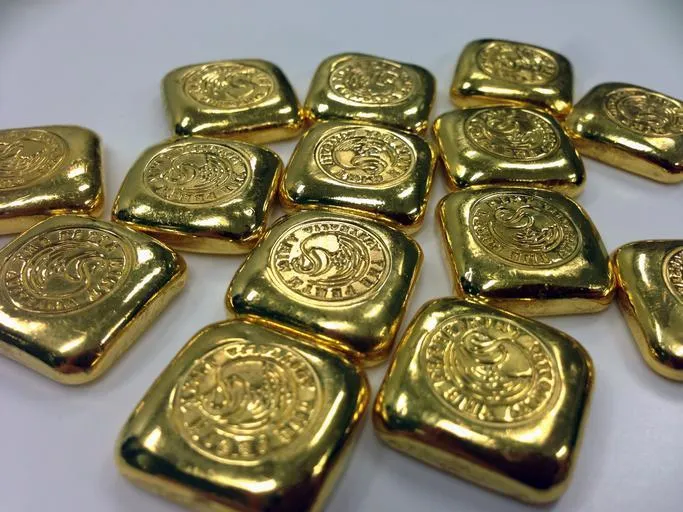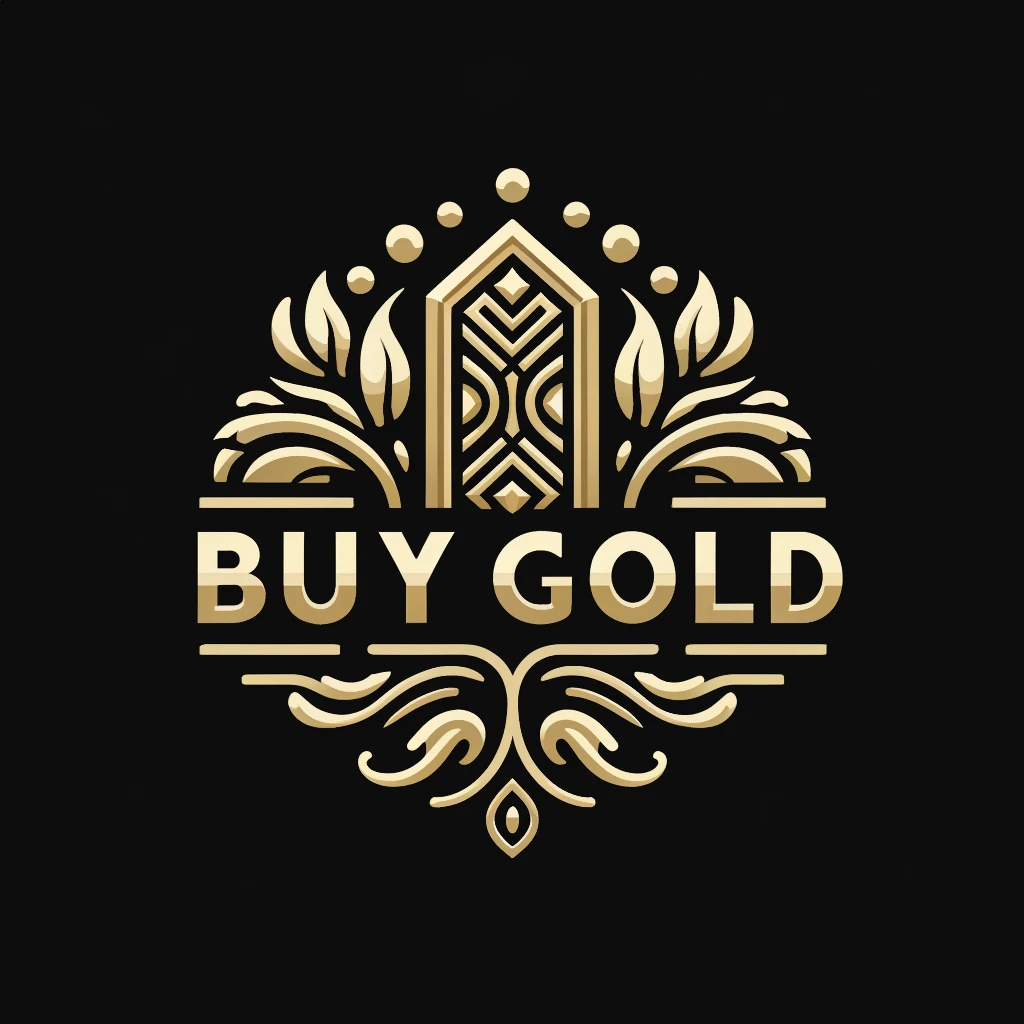The Advantages of Investing in Precious Metals

Table of Contents
- Introduction
- Answer to the Question
- Understanding Precious Metals
- Benefits of Investing in Precious Metals
- Factors to Consider When Investing in Precious Metals
- Diversification and Risk Management
- Conclusion
Introduction
Welcome to our guide on the advantages of investing in precious metals. In this comprehensive article, we’ll delve into the world of precious metals investment, exploring the benefits, considerations, and strategies for investors. Whether you’re new to investing or looking to diversify your portfolio, this guide will provide valuable insights to help you make informed decisions. Let’s start by answering the fundamental question – why invest in precious metals?
Answer to the Question
Investing in precious metals offers a range of advantages that appeal to both seasoned investors and those new to the financial market. While it’s important to consider the risks and market dynamics, the potential for long-term growth and stability makes precious metals an attractive investment option. Let’s explore this topic further.
Understanding Precious Metals
Before delving into the benefits of investing in precious metals, it’s essential to understand the key players in this industry. Gold, silver, platinum, and palladium are the primary precious metals that attract significant attention from investors. These metals are valued for their rarity, aesthetic appeal, and industrial applications, making them integral components of the global economy. Understanding the unique properties and market dynamics of each precious metal is crucial for informed investment decisions.
- Gold: Known for its lustrous shine and malleability, gold has been cherished for centuries as a symbol of wealth and prestige. Its conductivity and resistance to corrosion also make it an essential material in various electronic and medical applications.
- Silver: Highly conductive and reflective, silver is utilized in a wide range of industries, including electronics, photography, and jewelry. Its antimicrobial properties have also led to its use in medical and healthcare settings.
- Platinum: Recognized for its strength, durability, and resistance to tarnishing, platinum is highly valued in the automotive industry, as well as in the production of fine jewelry and medical devices.
- Palladium: With its exceptional catalytic properties, palladium is essential in the manufacturing of catalytic converters for vehicles, as well as in the electronics and chemical industries.
Investing in precious metals involves understanding the market dynamics and various factors that influence their prices. These factors may include geopolitical tensions, inflation, currency fluctuations, and supply and demand dynamics. Furthermore, the historical performance of these metals during economic downturns and their role as a hedge against inflation should be taken into account when making investment decisions.
For more detailed information on the economic impact and investment opportunities associated with precious metals, refer to our comprehensive guide on the subject.
Benefits of Investing in Precious Metals
Investing in precious metals offers a myriad of benefits, and the decision to include them in your investment portfolio can significantly impact your financial standing. Let’s delve into the numerous advantages of investing in precious metals:
- Portfolio Diversification: Precious metals, such as gold, silver, platinum, and palladium, serve as an essential component in diversifying your investment portfolio. Their unique characteristics provide a non-correlated asset that can help mitigate risk and improve overall return potential.
- Hedge Against Inflation: Precious metals have a long-standing reputation for preserving wealth during inflationary periods. Their intrinsic value tends to increase as inflation rises, making them an effective hedge to combat the erosion of purchasing power.
- Preservation of Wealth: Throughout history, precious metals have demonstrated their ability to retain value, making them a reliable safeguard against economic and geopolitical uncertainties.
- Safe Haven Investment: In times of economic turmoil or geopolitical instability, precious metals have a proven track record of providing stability and security to investors seeking refuge from market volatility.
- Global Demand: Precious metals enjoy widespread demand across various industries, including jewelry, technology, and manufacturing, which contributes to their enduring value and investment appeal.
By incorporating precious metals into your investment strategy, you can benefit from their intrinsic properties and global demand, thus enhancing the overall resilience and stability of your investment portfolio.
Factors to Consider When Investing in Precious Metals
- Market Trends: When considering an investment in precious metals, it is crucial to closely analyze market trends. Understanding the historical price movements and the factors driving current trends can provide valuable insights for investment decisions.
- Storage Options: Choosing the right storage options is essential for safeguarding precious metal investments. Investors should evaluate the security, accessibility, and associated costs of various storage solutions such as home safes, private vaults, or allocated storage facilities.
- Liquidity: Assessing the liquidity of precious metals is vital, especially when considering the ease of buying and selling in the market. Understanding the market depth, bid-ask spreads, and transaction costs can help investors make well-informed decisions.
- Tax Implications: It is important for investors to consider the tax implications associated with precious metal investments. Depending on the jurisdiction, tax treatment for gains, exemptions, and reporting requirements may vary, and investors should seek expert advice to understand the tax implications thoroughly.
- Industrial Applications and Demand Dynamics: Understanding the industrial applications and demand dynamics of each precious metal is essential. Different metals have unique industrial uses, and being aware of the demand-supply dynamics can provide insights into potential growth opportunities.
- Geopolitical Events and Currency Fluctuations: The impact of geopolitical events and currency fluctuations on precious metal prices should not be overlooked. Investors need to stay informed about global events and currency movements that could influence the value of precious metals.
Diversification and Risk Management
Diversification and Risk Management
- Diversification is a key principle in investment strategy, and precious metals play a vital role in this approach.
- By adding precious metals to a diversified portfolio, investors can mitigate risks and enhance stability.
- The unique market behavior of precious metals provides a counterweight to traditional market movements, thus offering risk management benefits.
- Furthermore, the correlation between precious metals and other asset classes reinforces the importance of their inclusion in a well-structured investment portfolio.
When it comes to diversification and risk management, it’s crucial to understand the intricate relationship between precious metals and investment strategy. Here’s an in-depth look at how diversification with precious metals can contribute to effective risk management:
- Asset Class Diversification: Precious metals, such as gold, silver, platinum, and palladium, provide a unique asset class that behaves differently from stocks, bonds, and other financial instruments. This diversification can reduce the overall volatility of a portfolio, thereby lowering the risk of significant losses.
- Market Behavior: The historical behavior of precious metals during economic downturns and periods of financial instability demonstrates their value as a risk management tool. They often serve as a hedge against inflation, currency devaluation, and geopolitical uncertainties, offering stability when traditional markets falter.
- Correlation with Other Assets: Understanding the correlation between precious metals and other assets is essential in building a well-structured investment portfolio. While stocks and bonds may move in one direction, precious metals may exhibit different price movements, providing a counterbalance that enhances the overall stability of the portfolio.
- Global Economic Factors: Global economic conditions can significantly impact the value of precious metals. Factors such as interest rates, trade tensions, and geopolitical events can influence the prices of gold, silver, and other precious metals. By including these assets in a diversified portfolio, investors can effectively manage risks associated with global economic uncertainties.
- Long-Term Store of Value: Precious metals have maintained their value over centuries, making them a reliable long-term store of wealth. This characteristic adds an element of stability to an investment portfolio, reducing the overall risk exposure.
Conclusion
As we conclude this guide, it’s evident that investing in precious metals offers a range of advantages that contribute to a resilient and diversified investment portfolio. While market dynamics and global events continue to shape the investment landscape, precious metals stand as enduring assets that provide stability, security, and growth potential. By understanding the unique benefits, market dynamics, and risk management principles associated with precious metals, investors can make informed decisions that align with their financial goals and objectives.
